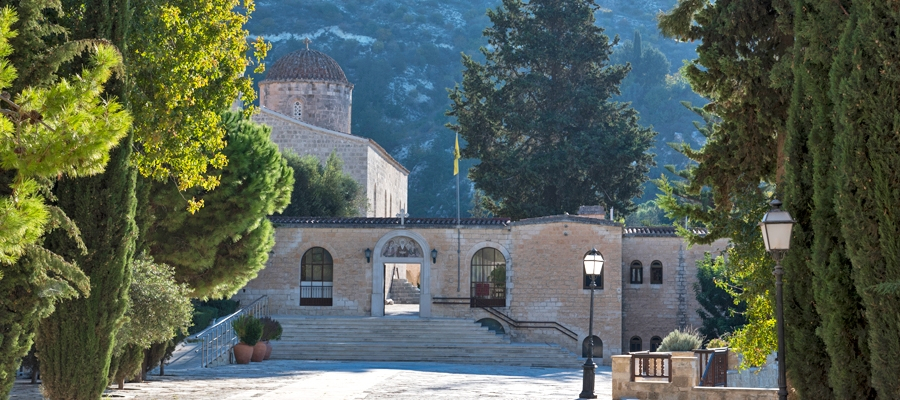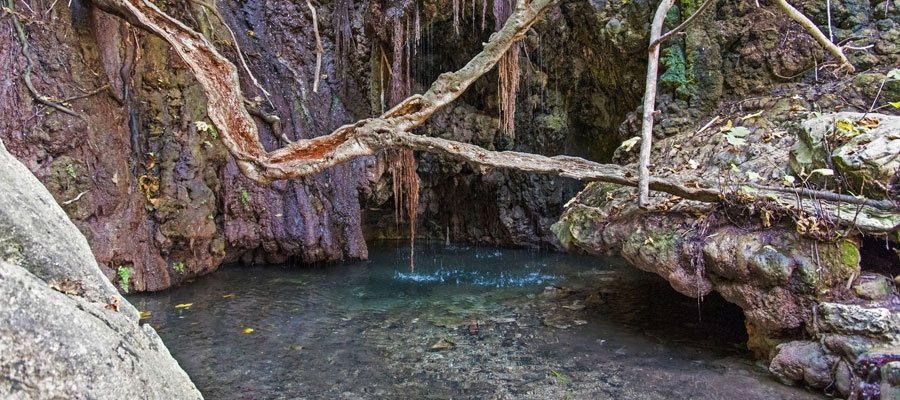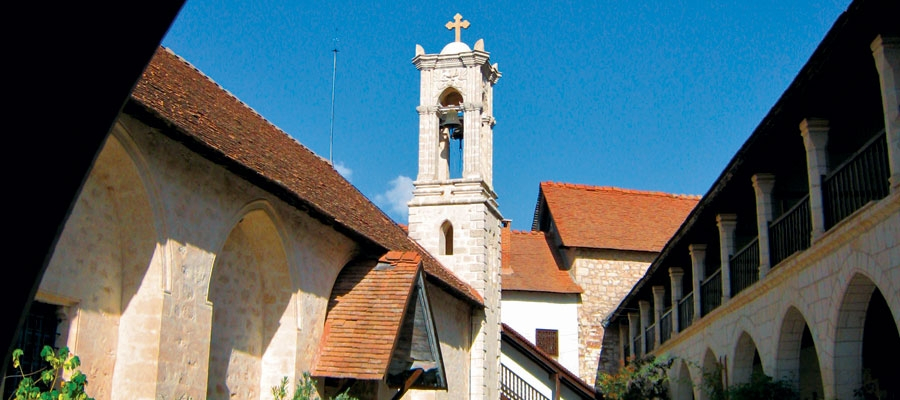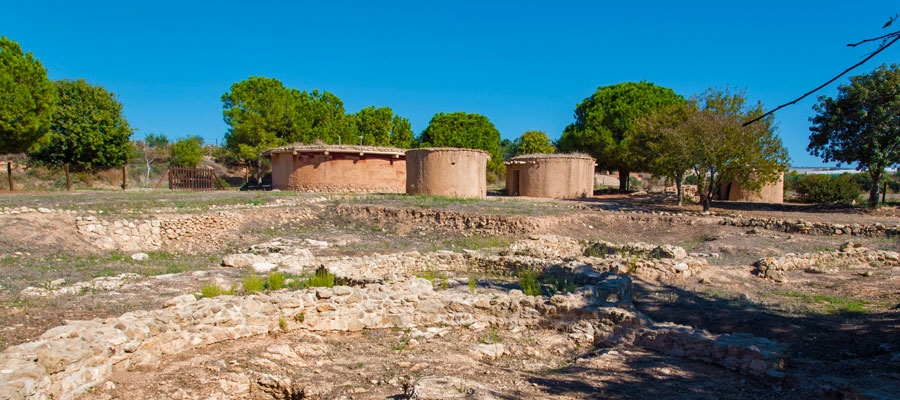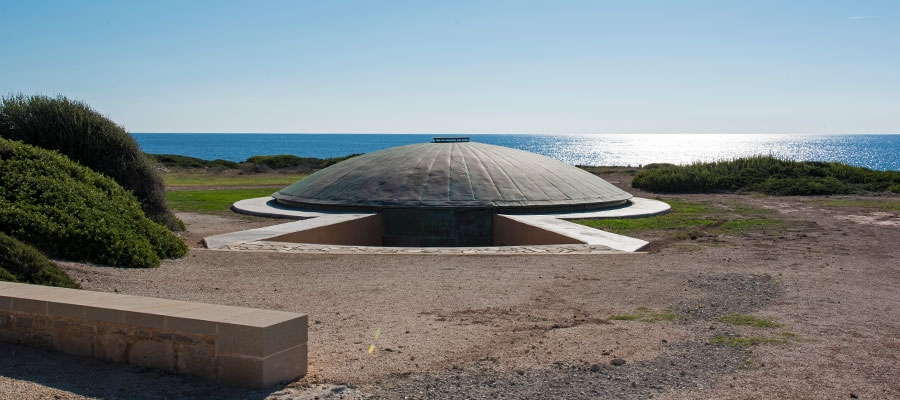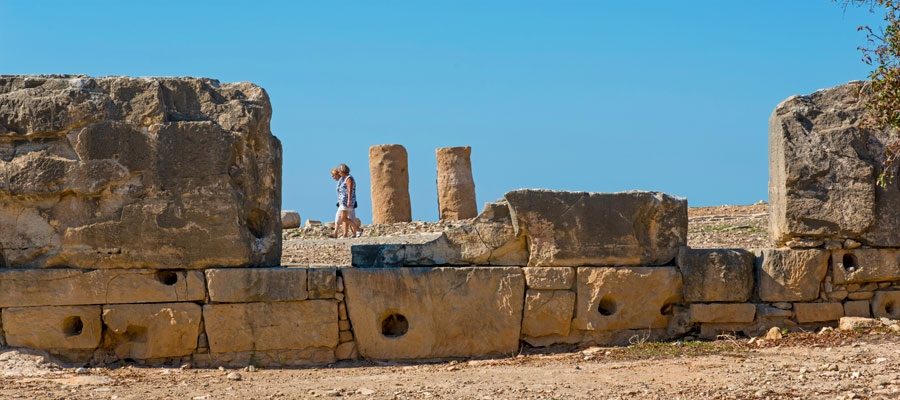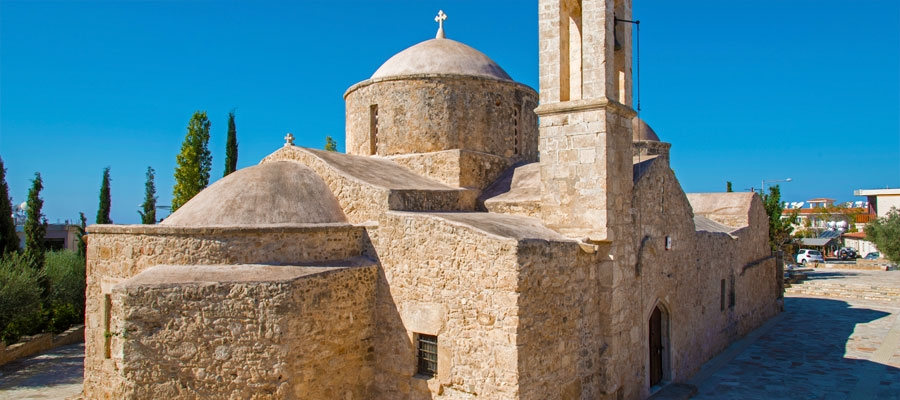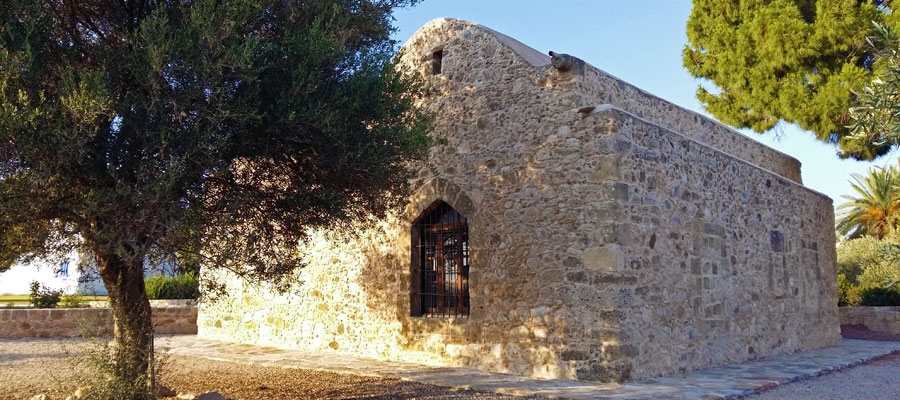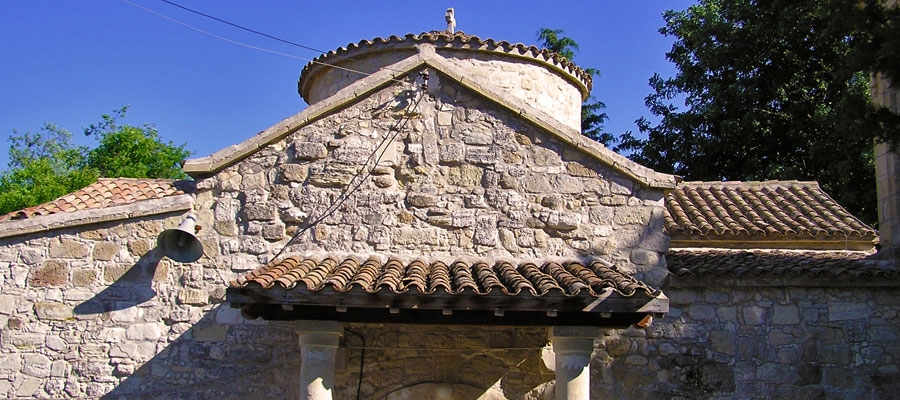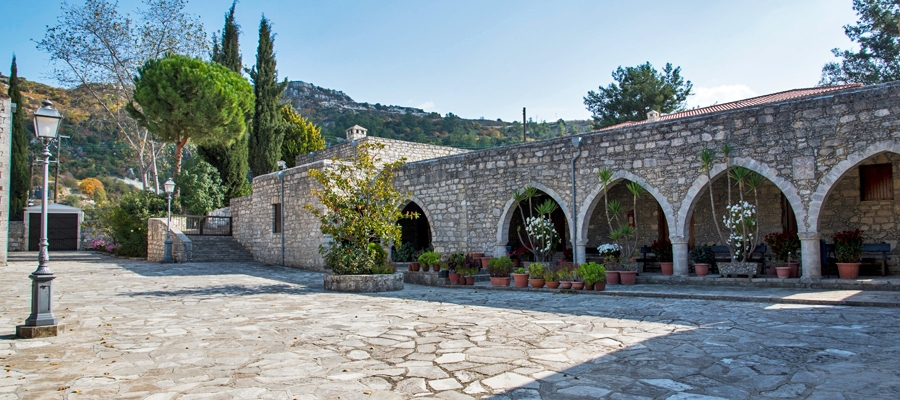Located about 9km north of Pafos (Paphos), the monastery of Agios Neophytos was founded by the Cypriot recluse and writer Neophytos in the second half of the 12th century, in what used to be a secluded location at the head of the picturesque valley.
The hermit carved a cave out of the mountains called the ‘Enkleistra’, which is covered with some of the finest examples of Byzantine frescoes that date back from the 12th to the 15th centuries. The monastery has a noteworthy ecclesiastical museum and its later church also contains some of the finest Post-Byzantine icons dating to the 16th century.
Monastery of Agios Neophytos – Audio Guide
| Region: | Pafos |
| Address: | Near Tala village, 9km north of Pafos. |
| GPS coordinates: | Lat: 34.846749 Lon: 32.445679 |
| Contact No: | Tel: +357 26 652 481, Fax: +357 26 653 709 |
| Operating Hours: |
Museum and Enkleistra: April – October, daily: 09:00 – 13:00 / 14:00 – 18:00 November – March, daily: 09:00 – 16:00 |
| Operating Period: |
Museum and Enkleistra: All year round. Closed on Christmas Day, New Year’s Day, Green Monday, Easter Sunday (Greek Orthodox) and August 15. |
| Entrance Fee: | Museum and Enkleistra: €2,00 |
| Website: | www.stneophytos.org.cy |
| Opening and closing times as well as entrance fees, are subject to alterations without notice. Visitors are advised to check before visiting. |

